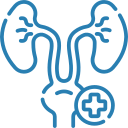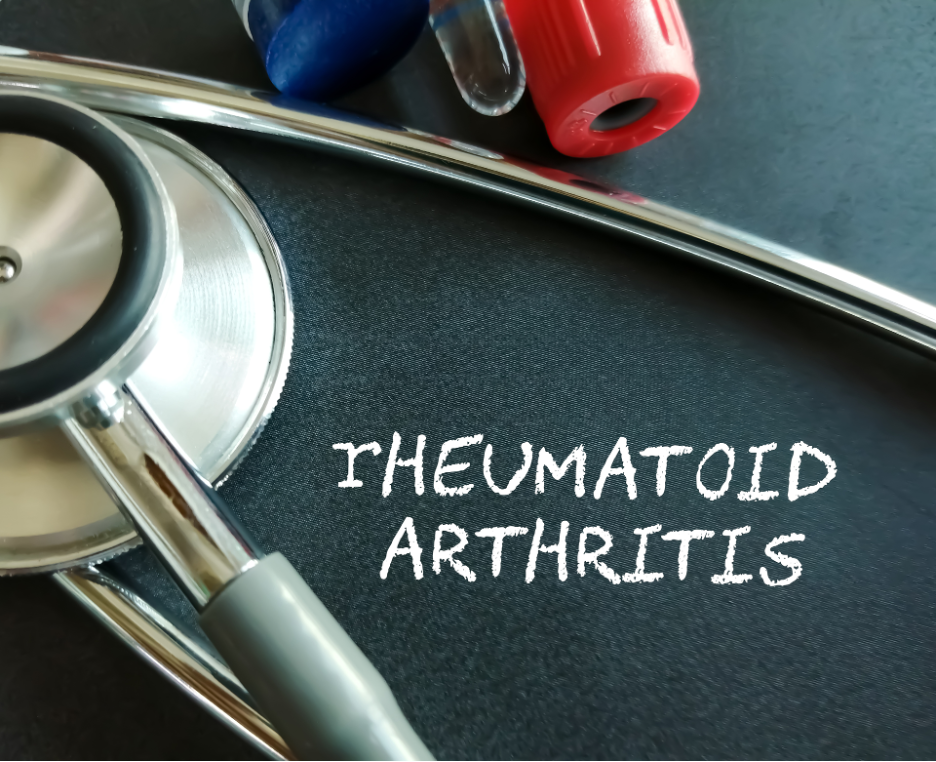Rheumatoid arthritis (RA) is a chronic autoimmune disease that can cause pain, swelling, and stiffness in the joints. Over time, it can also affect other parts of the body, like your skin, eyes, lungs, and even your heart.
Although there is no cure for RA yet, many people can go into remission if the treatment starts early. Below, our rheumatologists in Hobart, Indiana are going to explain what remission in RA looks like and how you can get there.
What does “remission” even mean with RA?
Remission is not the disease going away completely. It only means that the painful symptoms like soreness, swelling, and joint discomfort are not impacting your daily life like they used to. On good days, you might even forget you have RA at all.
In 2011, the American College of Rheumatology (ACR) and the European League Against Rheumatism (EULAR) came together to establish exactly what “remission” should mean for people with RA. They created two main ways to measure remission, including Boolean-based and index-based methods.
The Boolean method counts the number of painful or swollen joints in the body and checks if inflammation levels in the blood (like CRP) are low. On the other hand, the index-based method gives a total score (called SDAI) that adds up all the symptoms and lab results.
Start your treatment early.
The earlier you catch RA and get the right treatment, the better your chances are of pushing it into remission. Ideally, if RA is diagnosed within that first year and treatment starts immediately with medications (usually a mix of methotrexate and biologic disease-modifying anti-rheumatic drugs or “bDMARDs”), remission rates can be up to 86% in some cases.
But if you wait too long, those chances of remission go down. For example, one study showed that only about 15% of people reached remission within 12 weeks and 20% by the 24-week mark using the stricter ACR/EULAR criteria. A slightly more lenient method, called DAS28, showed around a third of patients reaching remission. Even then, only around 15% met the ACR’s higher bar.
Have you been experiencing painful joints or unusual fatigue? Seeing an experienced rheumatologist in Hobart, Indiana as soon as your RA symptoms appear can help get you on the right treatment plan early.
What can you do to get closer to RA remission?
In only the first couple of years, RA can cause major damage to the cartilage and bones in your joints. This is why you need to take quick action when symptoms appear.
Once you get your RA diagnosis, your rheumatologist will probably start you on a treatment plan that includes DMARDs to slow down or even stop the disease before it does too much damage. These may be combined with biologics to amplify the effect. With this combination, as many as 60% of patients can reach remission.
Treatment can also include other things. For example, you will probably also need some physical or occupational therapy to keep your joints flexible and strong. Making healthy lifestyle choices like eating a balanced diet, quitting smoking, and staying active can further push you closer to remission.
What happens if your RA flares up again?
People who have been in remission can sometimes notice their symptoms suddenly returning. This is called a flare-up or relapse, and it is much more common than you might think. In fact, over half (57.2%) of people who stopped bDMARDs had a relapse within one year. Compare that to around 28.8% of people who stayed on their medications and still had a relapse.
Another thing that you should keep in mind is that sometimes your body just stops responding to the medications the same way over time, and that can make it harder to manage your symptoms. This is why it’s best to regularly visit your rheumatologist in Hobart, Indiana. They can monitor your progress and adjust your treatment plan as needed to help you stay in remission longer.
Looking for an Affordable Rheumatologist in Hobart, Indiana?
Are you looking for a qualified rheumatologist in Hobart, Indiana who can help you achieve RA remission? If so, our rheumatologists at 219 Health Network are here to help you. Contact us today to schedule an appointment.


